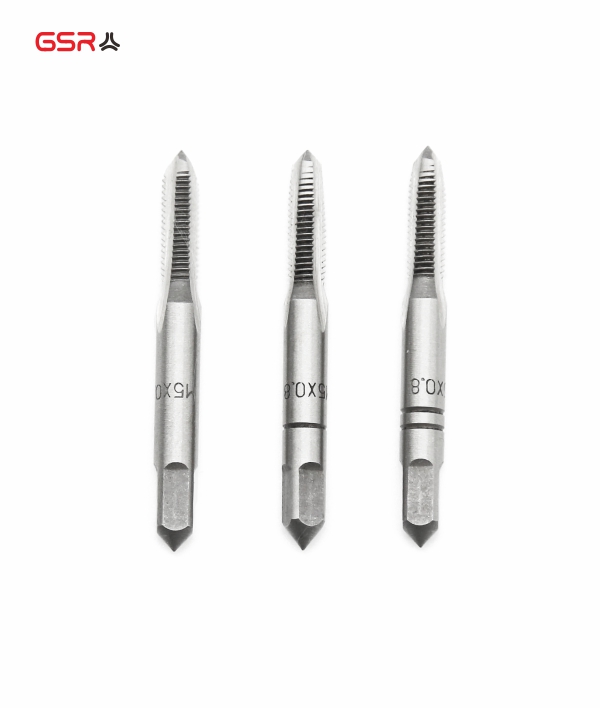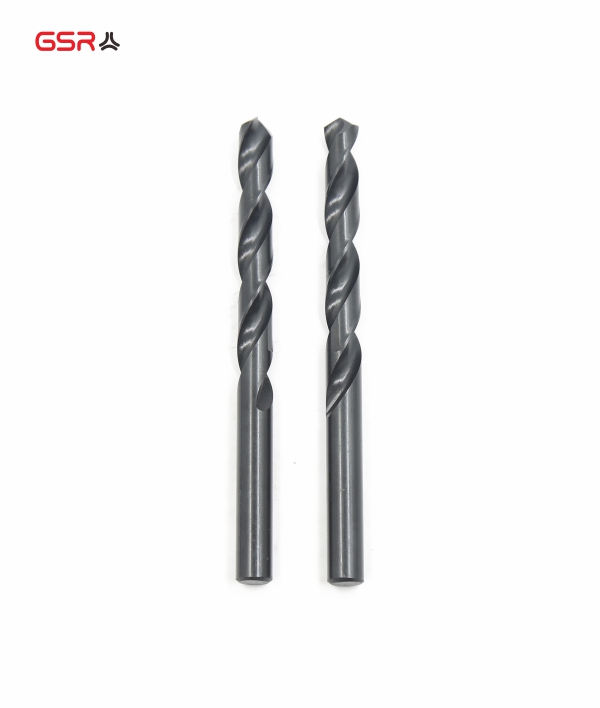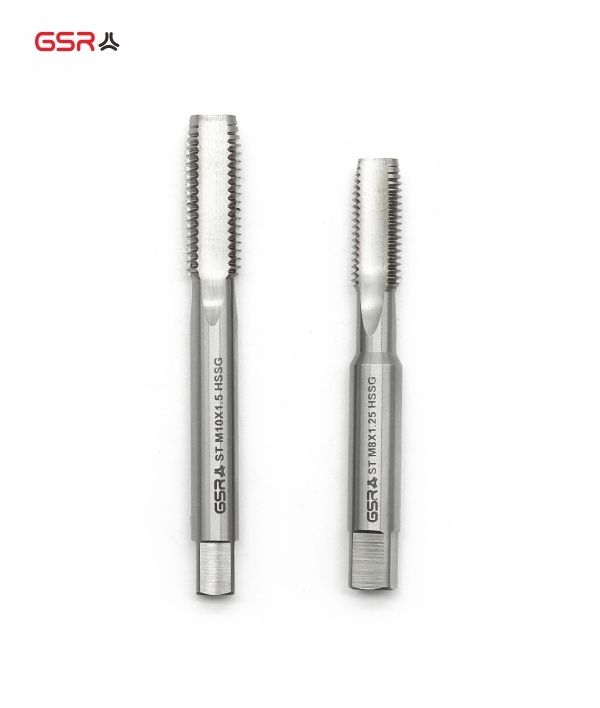Cutting Tool Materials and Their Selection
I. Overview
1. Performance Requirements of Cutting Tool Materials
During the cutting process, the cutting edge of a tool must withstand significant cutting forces and high temperatures generated by chip deformation and friction. To maintain cutting performance, the tool material must possess the following characteristics:
1. High Hardness and Wear Resistance
The hardness of the tool material must exceed that of the workpiece material, typically above HRC 60 at room temperature.
Generally, higher hardness results in better wear resistance. Wear resistance is also influenced by the type, quantity, size, and distribution of carbides in the tool's microstructure.
2. Sufficient Strength and Toughness
The cutting edge must endure substantial cutting forces and impact loads.
Strength and toughness are typically measured by the tool material's bending strength and impact toughness values.
3. Good Heat Resistance and Thermal Conductivity
Heat resistance refers to the ability to maintain hardness and strength at high temperatures, a critical property for tool materials. Higher heat resistance improves resistance to plastic deformation and wear at elevated temperatures. High-temperature hardness is a key indicator, often expressed as the maximum service temperature (e.g., ~600°C for high-speed steel, 800–1000°C for cemented carbide).
Thermal conductivity affects heat dissipation during cutting. Better thermal conductivity reduces cutting-edge temperatures and tool wear.
4. Good Machinability
To facilitate manufacturing, tool materials should have good workability, including hot workability (hot plasticity, weldability, hardenability) and machinability.
5. Stable Chemical Properties
Essential for reducing chemical wear. Stable chemical properties ensure good diffusion and oxidation resistance under high temperatures and pressures.
Low chemical affinity with workpiece materials reduces adhesion wear.
Additionally, tool materials should be cost-effective for widespread use, with preference given to domestically available options.
2. Types of Cutting Tool Materials
Currently used tool materials fall into four categories:
Tool steels (carbon tool steel, alloy tool steel, high-speed steel)
Cemented carbides
Ceramics
Superhard materials
High-speed steel and cemented carbides are the most commonly used in machining.. Generally, higher hardness allows for higher cutting speeds, while higher toughness enables greater cutting force resistance.
Tool steels have poor heat resistance but high bending strength, low cost, and good weldability and grindability, making them suitable for low-to-medium-speed cutting tools (not ideal for high-speed cutting).
Cemented carbides offer excellent heat resistance and cutting efficiency but lower strength and toughness than tool steels, along with inferior weldability and grindability. They are widely used in turning, milling, and high-efficiency cutting tools.
3. Tool Body Materials
Typically made from carbon steel or alloy steel (e.g., tool shanks for welded turning tools, boring bars, drills, reamers).
Smaller tools or those under heavy cutting loads use alloy tool steel or solid high-speed steel (e.g., threading tools, form cutters, broaches).
Clamped or indexable carbide tools (e.g., brazed carbide drills, indexable milling cutters) use alloy tool steels like 9CrSi or GCr15.
Precision small-diameter tools (e.g., micro-boring bars, reamers) may use solid carbide for enhanced rigidity, tool life, and machining accuracy.
II. Carbon Tool Steel and Alloy Tool Steel
Carbon Tool Steel
High-carbon steel (0.70–1.35% C). Higher carbon increases hardness and wear resistance but reduces toughness.
Hardness after quenching: HRC 60–64 (similar to general high-speed steel).
Poor heat resistance: Hardness drops sharply above 200–250°C, limiting cutting speeds to 8–10 m/min.
Low hardenability (thin hardened layer, ~3 mm) and prone to quenching distortion/cracking due to rapid water cooling.
Alloy Tool Steel
Contains alloying elements (W, Cr, Mo, V, Mn, Si).
Hardness after quenching: HRC 60–65 (similar to carbon tool steel) but with better heat resistance (300–400°C), allowing 20% higher cutting speeds.
Advantages: Less quenching distortion, higher hardenability, suitable for low-speed tools requiring minimal heat treatment deformation.
III. High-Speed Steel (HSS)
HSS is a high-alloy tool steel with added W, Mo, Cr, and V. It offers high strength, toughness, and heat resistance, making it the most widely used tool material. Its ability to form sharp edges earns it the nickname "sharp steel"
Properties
Bending strength: 2–3× higher than cemented carbide.
Toughness: Dozens of times higher than carbide.
Hardness: HRC 63–69.
Heat resistance: Can cut at 500–650°C, enabling 1–3× higher speeds and 10–40× longer tool life vs. carbon/alloy tool steels.
Suitable for machining medium-carbon steel (≤30 m/min, workpiece hardness ≤HRC 30) and complex tools (drills, broaches, form tools, taps, gear cutters).
Types of HSS
1. General-Purpose HSS (75% of HSS usage):
W18Cr4V (18-4-1, Tungsten series): Good overall performance but uneven carbide distribution; declining in use.
W6Mo5Cr4V2 (6-5-4-2, Tungsten-Molybdenum series): Most widely used globally. Better hot plasticity and toughness than 18-4-1, suitable for hot-rolled tools (e.g., twist drills).
W9Mo3Cr4V (9-3-4-1, Tungsten-Molybdenum series): Developed in China, offers superior bending strength, toughness, and heat resistance.
2. High-Performance HSS
Enhanced with C, V, Co, or Al. Hardness: HRC 67–70.
High-Carbon HSS: Higher wear resistance but reduced strength/toughness (rarely used).
High-Vanadium HSS: 3–5% V increases wear resistance but complicates grinding.
Cobalt HSS (e.g., M42): Improved high-temperature hardness and oxidation resistance.
Aluminum HSS (e.g., 501, China): Comparable to M42, cost-effective but requires strict heat treatment.
3. Powder Metallurgy HSS
Produced via gas atomization, offering finer microstructure, 2× higher bending strength, and 2.5–3× higher impact toughness than conventional HSS.
Used for complex/large tools (hobs, shaper cutters) or thin-edged form tools.
4. Coated HSS
PVD-coated TiN enhances hardness and wear resistance, extending tool life by 2–10×.
Widely used in drills, gear cutters, broaches, and taps.













